 Found – a short poem on the sinking of the Titanic by James Rhoades_ (1841 – 1923) anAnglo- Irish minor poet. He was admired in his day and one of his poems is in The Oxford Book of English Mystical Verse. There are spiritual undertones in this poem too. The poem was published in a collection of his verse from 1915 Words by the Wayside. He made a speciality of commemorative verse or vers d’occasion. The book was a signed presentation from the author with a short verse added (ssee below).
Found – a short poem on the sinking of the Titanic by James Rhoades_ (1841 – 1923) anAnglo- Irish minor poet. He was admired in his day and one of his poems is in The Oxford Book of English Mystical Verse. There are spiritual undertones in this poem too. The poem was published in a collection of his verse from 1915 Words by the Wayside. He made a speciality of commemorative verse or vers d’occasion. The book was a signed presentation from the author with a short verse added (ssee below).
The Titanic had sunk 1n April 1912 with the loss of more than 1500 lives and the poem shows what a huge event this was in its day, on a par with 9/11 or Pearl Harbor. James Rhoades had also written about the disaster in 1912 in the Westminster Gazette emphasising the self sacrifice of the crew
No frantic scream; no frenzied strife;
Unflinching gave their sacrifice;
Unflinching stood that noble host,
Each man at his appointed post..
This later poem with its enticing pantheist theme, although touching on heroism, is less about the stiff upper lip etc.,
A lesson from the Titanic
See in great moments how we cast aside
The fear-spun cloak of hatred, foe to foe –
Poor outworn rags of rivalry and pride!
A soul-fraught vessel to destruction hurled
Sets free the mighty heart -stream of the world
Unlocks it’s frozen flow.
Continue reading

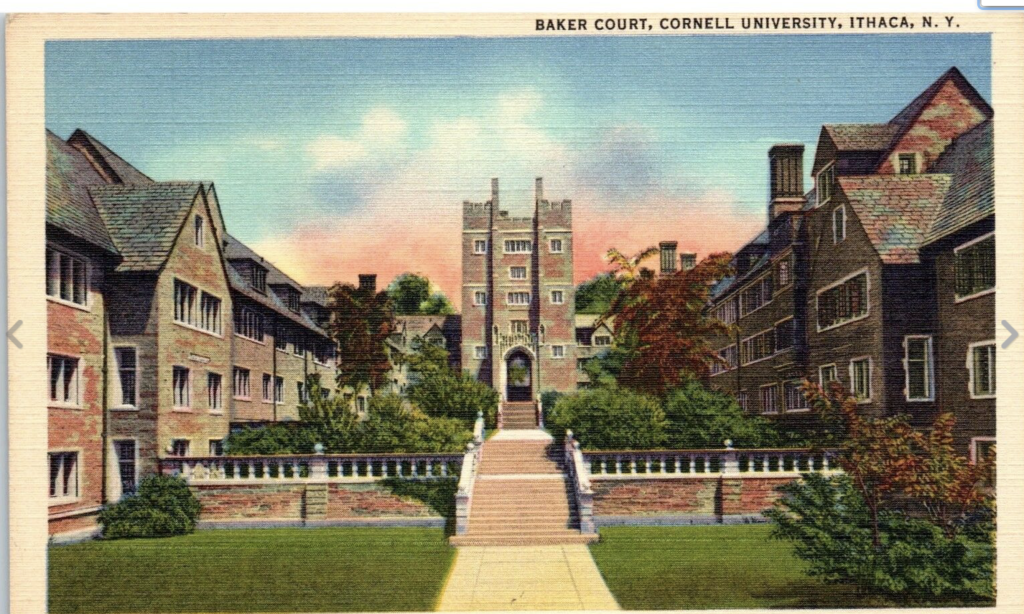


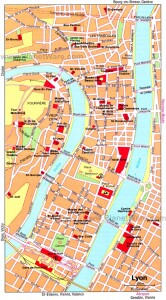





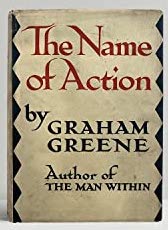
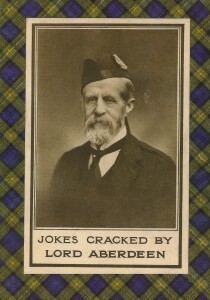
 ‘Magdalen, both the most beautiful and the most intellectually diverse. Christ Church is an unreconstructed sanctuary of the worst in British snobbery; Balliol is like an American law school, full of politics and ambition. Magdalen has everything : class warfare on even terms, superb tutors, an immense spectrum of interests and tastes’. Other colleges are available…
‘Magdalen, both the most beautiful and the most intellectually diverse. Christ Church is an unreconstructed sanctuary of the worst in British snobbery; Balliol is like an American law school, full of politics and ambition. Magdalen has everything : class warfare on even terms, superb tutors, an immense spectrum of interests and tastes’. Other colleges are available…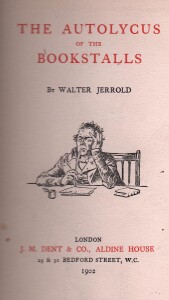 We at Jot 101 had not imagined the travel writer and biographer Walter Jerrold ( 1865 – 1929 ) to be a frequenter of second-hand bookstalls, but there he is as an unabashed collector of ‘unconsidered trifles ‘ in Autolycus of the Bookstalls (1902), a collection of articles on book-collecting that first appeared in The Pall Mall Gazette, Daily News, the New Age, and Londoner.
We at Jot 101 had not imagined the travel writer and biographer Walter Jerrold ( 1865 – 1929 ) to be a frequenter of second-hand bookstalls, but there he is as an unabashed collector of ‘unconsidered trifles ‘ in Autolycus of the Bookstalls (1902), a collection of articles on book-collecting that first appeared in The Pall Mall Gazette, Daily News, the New Age, and Londoner.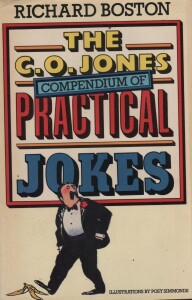 f laughter after hearing that Charles II had been restored to the throne, and the editor of the short-lived magazine The Vole, a pioneering ecological magazine. Boston lived in the same village ( Aldworth ) as Richard Ingrams and was friendly with him. He was also a pal of the artist and writer John Piper ( though Frances Spalding’s biography neglects to mention this fact ) and it was Piper, who may have supported The Vole
f laughter after hearing that Charles II had been restored to the throne, and the editor of the short-lived magazine The Vole, a pioneering ecological magazine. Boston lived in the same village ( Aldworth ) as Richard Ingrams and was friendly with him. He was also a pal of the artist and writer John Piper ( though Frances Spalding’s biography neglects to mention this fact ) and it was Piper, who may have supported The Vole 
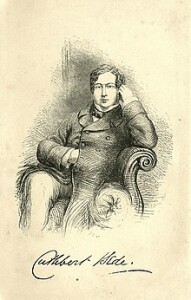
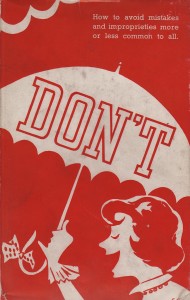
 Found among papers at Jot HQ is this carbon copy of an anonymous typescript article on the Liberal Prime Minister H. Herbert Asquith (1852—1928). The author—evidently a Liberal supporter and a great fan of Asquith—reveals various tantalising clues as to his identity, but remains a mystery, despite intensive online research by your constant Jotter.
Found among papers at Jot HQ is this carbon copy of an anonymous typescript article on the Liberal Prime Minister H. Herbert Asquith (1852—1928). The author—evidently a Liberal supporter and a great fan of Asquith—reveals various tantalising clues as to his identity, but remains a mystery, despite intensive online research by your constant Jotter.